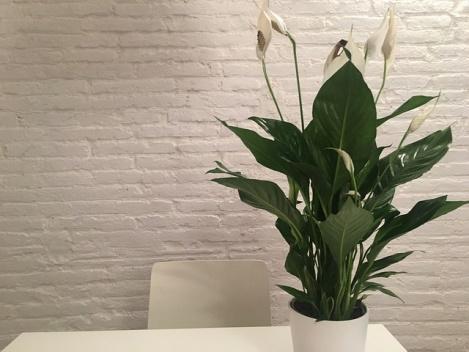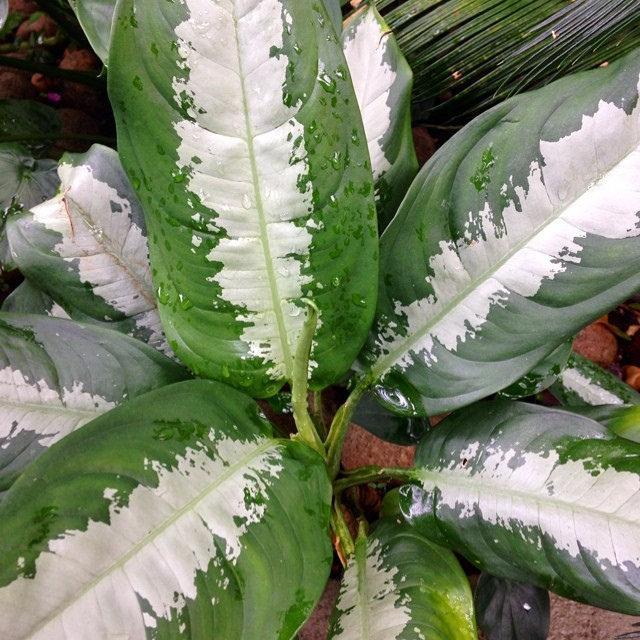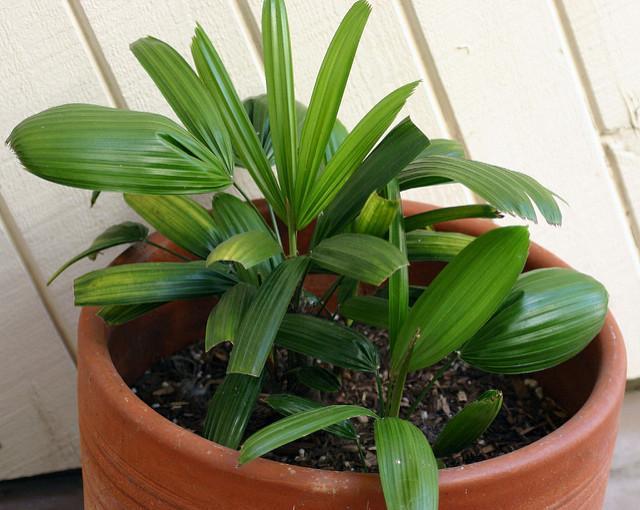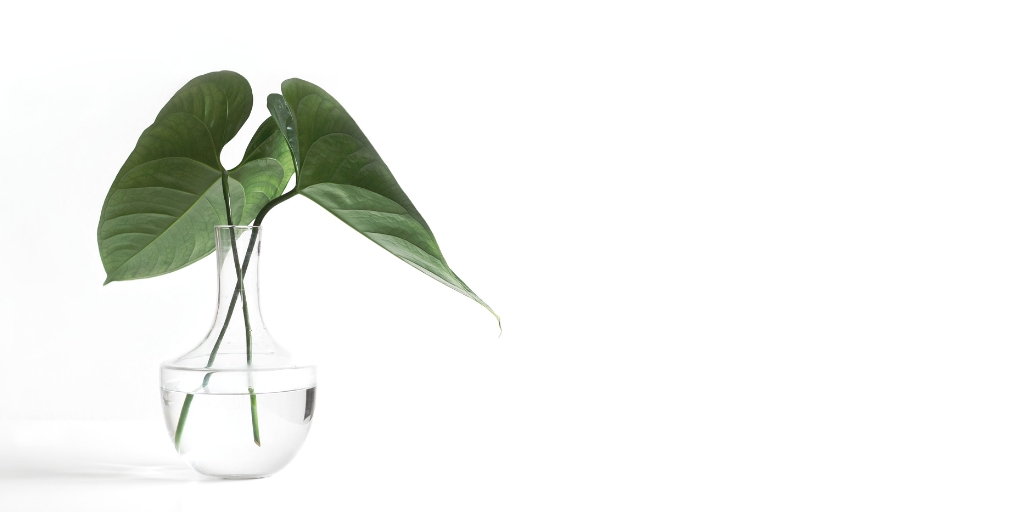Did you know indoor plants do more than just look good? It has been proven that some plants do more than just make a room look nicer, they actually clean the air.
A NASA study found that common house plants could improve air quality. The study reported that houseplants were able to remove up to 85 percent of air toxins in a period as short as 24 hours. Indoor plants can remove a variety of toxic air emissions including ammonia, formaldehyde, carbon monoxide, benzene, xylene, and trichloroethytene.
Of course, some house plants work better at being Natural Air Cleaners than others. The following are some of the top performers for removing pollutants and toxins from the air.
Peace Lily

Small enough for a tabletop, needs watering once weekly and thrives in a low light environment, even fluorescent lighting. Has glossy dark green foliage with a regular flowering of a small white flower.
Philodendron

A large plant that should be placed in a shaded area with indirect sunshine. Water sparingly and only when the soil feels dry.
Weeping Fig

The fig likes some bright light but not full of sunshine. Do not place next to heaters, vents or large windows. Keep soil moist but not wet. Mist daily.
Janet Craig

Low to Medium Light. Keep the soil slightly dry. Do not overwater.
Chinese Evergreen

This busy plant likes to be in the medium to full sunlight and prefers a high humidity environment. Keep soil slightly dry.
Syngonium

This pretty plant grows best in bright filtered light with no direct sunshine. Allow the soil to dry slightly between watering
Aglaonema crispum

‘Silver Queen’ Also known as Chinese evergreen, this attractive small to medium plant is tolerant of low light, a dry atmosphere and mild to warm temperatures.
Rhapis excelsa

The lady’s palm is an extremely slow-growing (and often expensive), multi-stemmed, compact palm tree. It enjoys a low light and needs to be kept out of draughts.
Stromanthe

The leaves of stromanthe have deep-green upper surfaces that contrast with their brilliant purple undersides. Position this plant in bright light and mist the leaves periodically. Let the soil dry slightly between watering.
Ficus elastica

The rubber plant is a medium-to-large specimen, bred for toughness. It has glossy, green or burgundy leaves, and survives in low light and a dry atmosphere. Water when the soil is dry.
How many indoor plants do you need? The general rule of thumb is to use 15 to 18 good-sized house plants in 6- to 8-inch diameter containers for a 1,800 square-foot house. This is based on 8 or 9 foot ceilings, so if you have if yours are higher, you may want to increase the number of plants.
Photo Credit: peace lily, philodendron, weeping fig, janet craig, chinese evergreen, syngonium, aglaonema crispum, rhapis excela, stromanthe, ficus elastica






